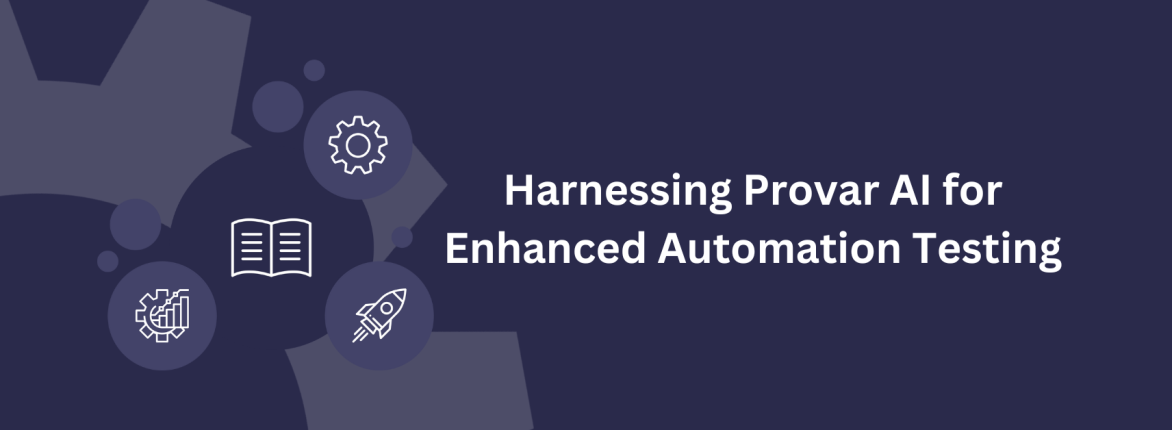As a software test engineer or developer, you will already be aware of the benefits of test automation and the technical debt it can save when you have the privilege of developing the test automation framework design (or automation test design).
In this post, we will look at three of the most important things you should address as you begin your automation journey.
Before a line of code is written, STOP!
Here are three principles for successful test automation design to set you and your teams up for success.
Gather Your Requirements First.
There is almost nothing more important than requirements in software development. We are not talking about significant specification documents but identifying a problem that needs to be solved before you create the solution.
It is vital to understand what you need your automation to do, what the goals are, and how you can measure the success of your implementation.
Once you know what you need, establish what you can achieve. Iterative development in agile is about taking small steps to continuously improve your product, taking onboard feedback, and acting on it. You will also need to understand the dependencies and constraints for your automation project – financial, time, and people.
Requirements should be gathered agnostic of tool, language, or skill. Doing so will remove biases so that you can see the most precise picture of what is required before making those crucial decisions about your test automation design.
An Example of the Test Automation Design Process Gone Wrong
Years ago, I had the opportunity to work in a global automation platform team. This team had a dream to combine our automation experiences to create a platform on which each satellite office could build its automation. A truly dynamic, functional, modular, and scalable platform. Our initial ideation meetings were promising, and we agreed to go and gather the requirements of those who would be using the platform and those who would be directly impacted by or would benefit from our upcoming work. From that work, we generated a backlog of items, prioritized them, and clearly understood what we wanted to do. So what went wrong?
While we were looking to understand what was needed from our new platform, a decision was made outside our team; that decision determined which tool we should use and which language and platform. All without the context that we had worked so hard to establish.
This predetermined tool could not meet the needs of the end-users or stakeholders, thus leaving this project destined to fail.
Change the Automation Test Process Collaboratively
There is a big difference between the change happening to you and your being a part of the change. The dynamic and equilibrium of a team can be significantly affected by changes. Involving those directly affected and who will benefit from the automation from the beginning is crucial. This helps avoid destabilizing the team. It also fosters buy-in, goodwill, and allies, leading to future success.
Software development is, after all, a team sport, and quality is everyone’s responsibility—automation should be the same. Designing and building in the available help bring about a shared understanding of the project’s assumptions and risks. The earlier those are socialized, the better.
It should not be your solution but our solution.
Future-Proof Your Test Automation Design
Technology doesn’t stand. Still, it is ever-evolving, and we should always keep that in mind when designing our automation solutions.
What we want to avoid is an outdated and flaky solution in which a test failure leads us to question the validity of the test rather than a fault in the target solution.
This can be lessened by making sure that the code can be tested, scaled, and maintained.
We should treat our test code with the same care and respect as our production code. Coding guidelines and reviews help ensure this. Good commenting and modular, reusable code are essential. By doing this, we create something useful for people in the future, including ourselves.
We can learn from mistakes and failures. Testing is about discovering information to learn more about our capabilities and confirm what we can do. We hope you found our guide on test automation design principles useful. Please consider these points when preparing your next automation framework.
Check back for the next part in our series and read more thought leadership from our Salesforce continuous testing experts here.










